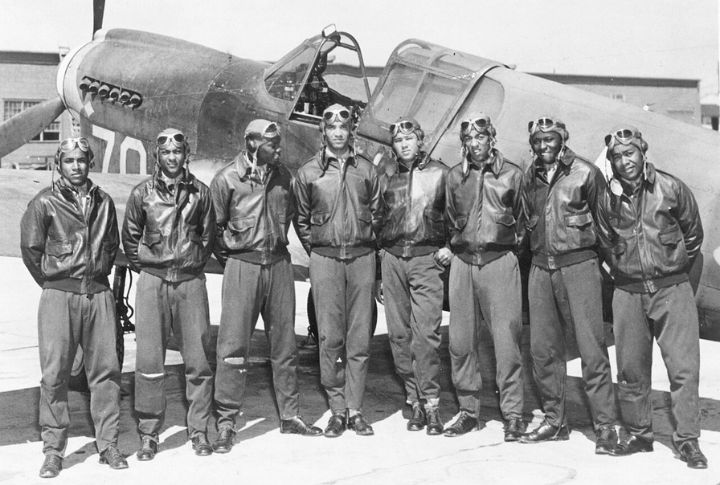
In the face of WWII, Tuskegee Airmen rose higher than anyone could imagine. Their legacy extends beyond the cockpit, with extraordinary contributions from both pilots who dominated the skies and pioneers who made lasting changes behind the scenes. So, let’s explore the stories of 10 individuals who proved that people of color could achieve greatness.
Colonel Benjamin O. Davis Jr.
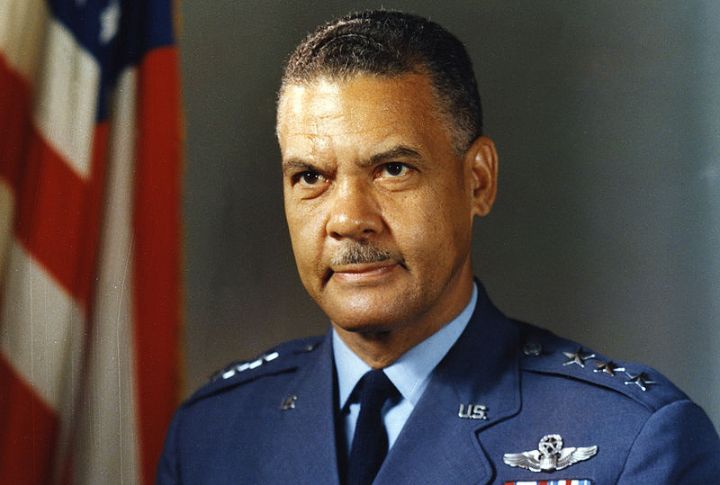
Colonel Benjamin O. Davis Jr. stood at the forefront of the Tuskegee Airmen and navigated challenges with unwavering resolve. As the first African American general in the U.S. Air Force, he proved that leadership is defined by courage and the ability to rise above adversity.
Captain Charles Dryden
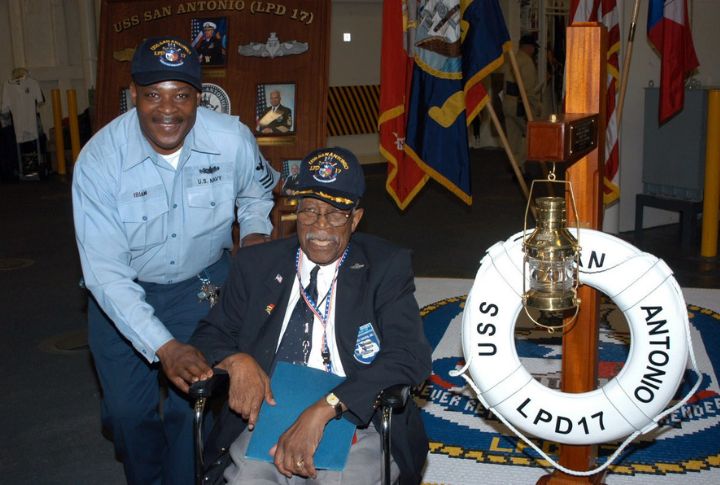
Captain Charles Dryden’s flying was exceptional, but it was his role as an advocate for the Tuskegee Airmen’s legacy that truly set him apart. Through his unmatched skill in the cockpit and his commitment to breaking barriers, Dryden helped reshape perceptions of African American service members.
Lieutenant Colonel Robert L. Martin
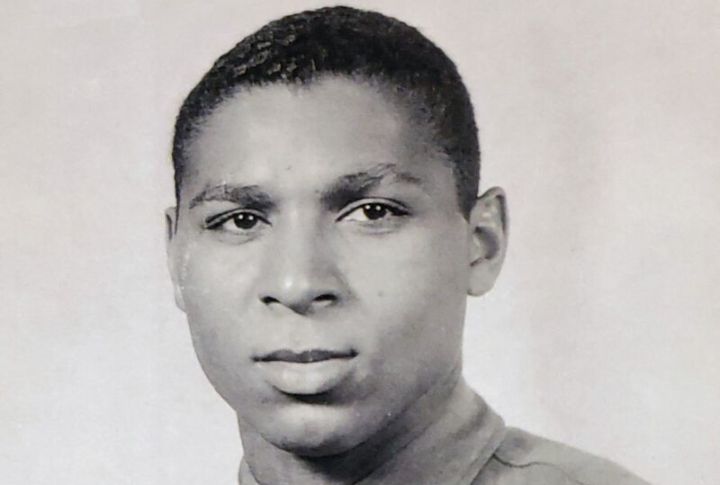
With remarkable precision and determination, Lieutenant Colonel Robert L. Martin became one of the most celebrated pilots in the Tuskegee Airmen’s history. He not only made a name for himself as a top fighter pilot, but he also shattered the myth that race determined one’s capability in combat.
Captain Roscoe C. Brown Jr.

Roscoe Brown earned his stripes in the air, especially after besting a German jet in combat. That victory echoed far beyond the battlefield. After serving, he became a professor and activist, turning his sharp mind and experience toward building a just society.
Lieutenant Colonel Daniel “Chappie” James Jr.
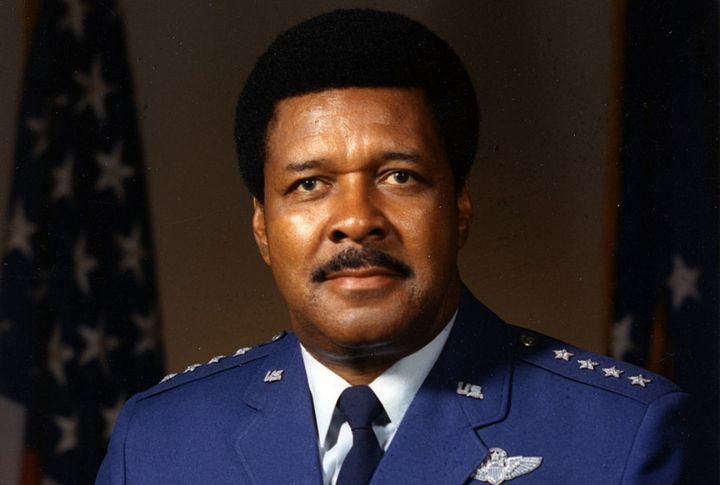
Daniel “Chappie” James Jr. soared to new heights in more ways than one. As the first African American to become a four-star general, he broke records and all barriers. His leadership style, grounded in excellence and perseverance, continues to inspire military leaders across the globe.
Captain Lee Archer
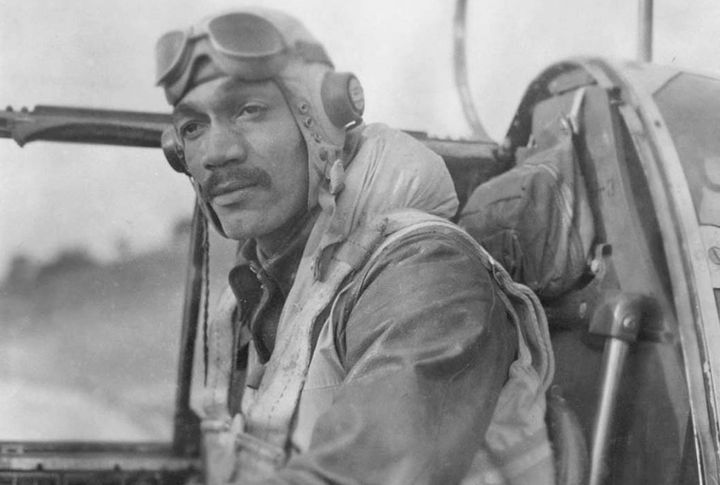
Captain Lee Archer earned his legendary status for his exceptional flying skills and for defying expectations. A decorated ace with five confirmed kills, Archer’s contributions to the Tuskegee Airmen set a new standard for excellence and demonstrated the power of resilience.
Lieutenant William Holloman
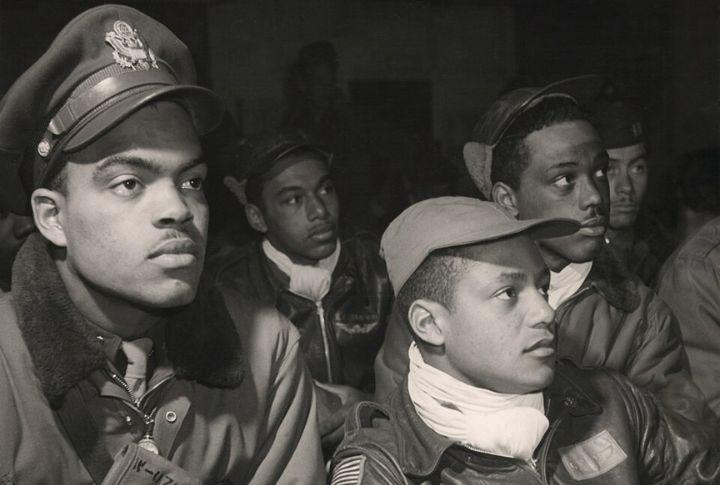
Lieutenant William Holloman was a living example of perseverance. Despite facing significant racial prejudice, he never allowed barriers to stop him from pursuing his dream. Holloman’s service reflects the spirit of the Tuskegee Airmen and their relentless fight for equality.
Captain George S. Roberts
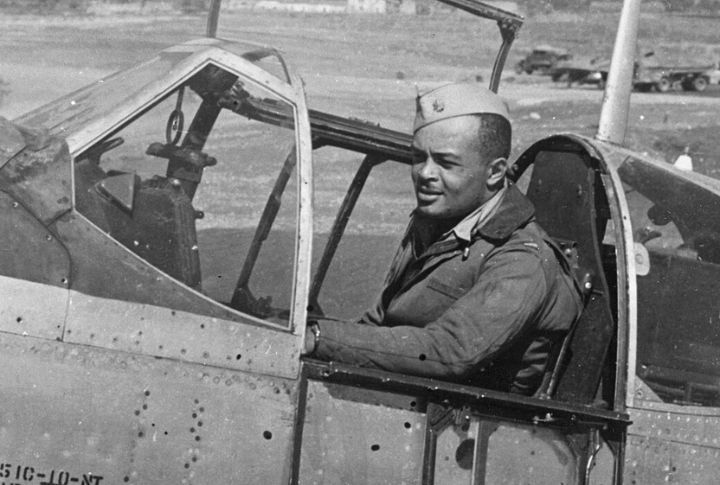
Captain George S. Roberts flew into combat with a sense of duty that went beyond the call of duty. His actions during World War II reflected his fearlessness and commitment to his fellow pilots, helping solidify his legacy as a defining figure in the success of the Tuskegee Airmen.
Lieutenant Colonel Spann Watson
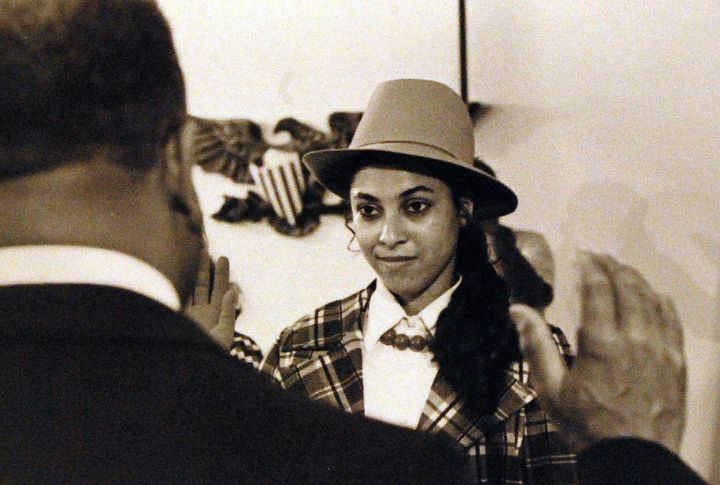
Flying as one of the first Tuskegee Airmen, Spann Watson made his mark in combat. In the years that followed, he made another by helping reshape inclusion policies. His long career helped ensure future aviators weren’t grounded by discrimination.
General Lucius Theus
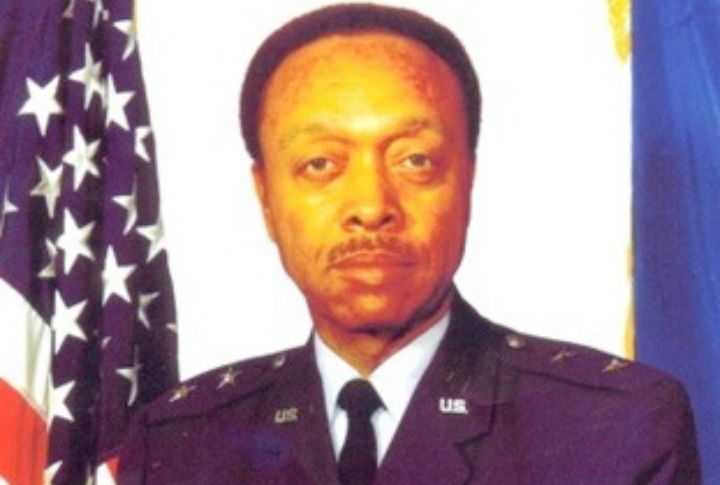
Though Lucius Theus never flew in combat, his influence reached every corner of the Air Force. Beginning in support positions, he climbed to the rank of general. Along the way, he overhauled systems and championed fairness, proving that vital change often starts behind the curtain.

